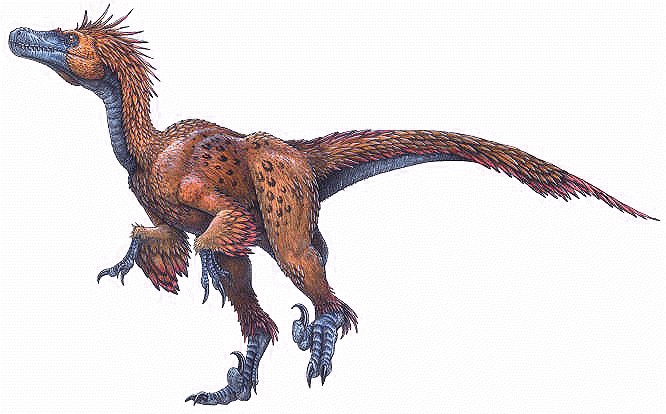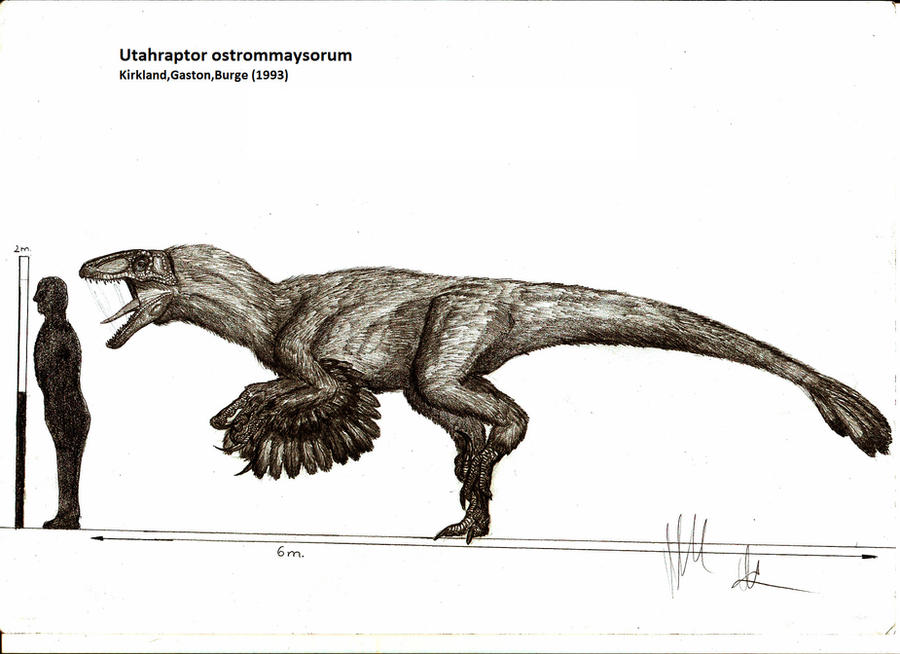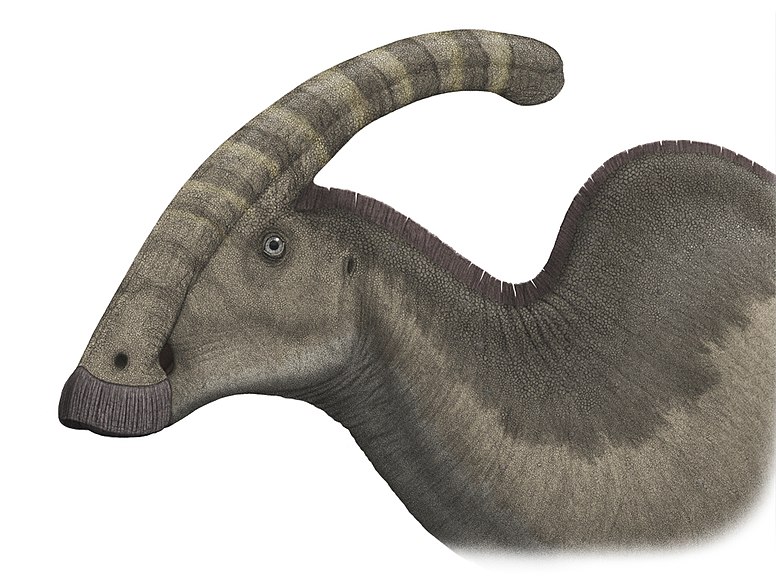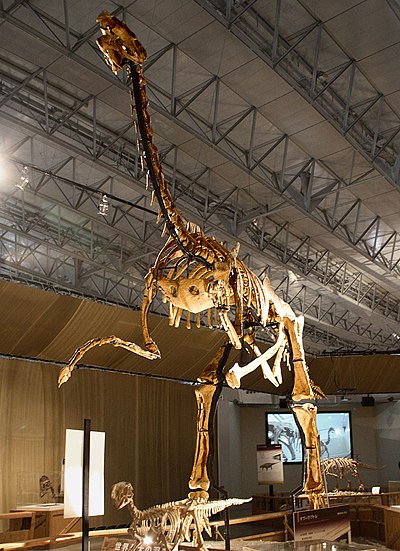1) Which was the biggest carnosaur of all time?
SPINOSAURUS

2) Which was the tyrannosaurid asian equivalent of the american T.Rex?
TARBOSAURUS BATAAR

3) Did the T.Rex species exist for a long number of million of years? Or did they live for a relatively short amount of million of years? Why do you think the T.Rex is so popular, anyway?
They lived for aprox. 2 and a half million of years (yeah, that's almost NOTHING considering the dinosaurs as a whole lived for more than 160 million years!). They existed during the last period of the Cretaceous (Maastrichtian era, 67 to 65.5 millions years ago) in what is now the Northern territories of the USA. The T-Rex was among the last non-avian dinosaurs to exist before the Cretaceous–Paleogene extinction theories.
What makes it so popular then? a) the fact that is "american", a powerful symbol of the USA exported to the rest of the world; b) it was the APEX predator of its era, only a furious Triceratops or the strong Ankylosaurus may had a chance against a hungry Rex; c) it was named in 1905, at that time it was THE biggest carnosaur ever discovered worldwide; they concluded that its reign, though short, was absolute, hence the title "Rex", king of the lizards. For the early 20th Century society, the T-Rex was like a legendary dragon brought to the real world.
4) Were dinosaurs cold or hot-blooded? and did they have feathers or not? what does that mean?
"Birds are endotherms, so dinosaurs must have been too. Many biologists consider birds to be “living dinosaurs,” and reason that the warm-bloodedness of modern birds is direct evidence for the warm-blooded metabolism of their dinosaur ancestors."
"The fact is, we don’t know enough yet about how metabolism works, or how it can potentially evolve, to draw any definite conclusions about dinosaurs. It’s possible that dinosaurs were neither warm-blooded nor cold-blooded, but had an “intermediate” type of metabolism that has yet to be pinned down. It’s also possible that all dinosaurs were warm-blooded or cold-blooded, but some individual species developed adaptations in the other direction.
http://dinosaurs.about.co...oded_2.htm
5) Are there actually fossils of Velociraptors in Montana, USA (as the JP franchise says)?
NO, fossils of this species have only been found in Mongolia and Inner Mongolia (China). The JP velociraptors were actually an innacurate (and featherless, until part III) mix of the bigger Deinonychus and Utahraptors...both found in America
Nevertheless, all three are from the family of the dromaeosaurids (hence the similarities)



6) Could you name THREE african dinosaurs of the Jurassic/Cretaceous periods?
Three of the biggest and most popular theropods (bipedal carnivorous dinosaurs) of all time were african : ALLOSAURUS (Jurassic, also found in America), SPINOSAURUS (Cretaceous) and CARCHARODONTOSAURUS (Cretaceous)



7) Which were the two major continents on which dinosaurs lived during the Jurassic period?
LAURASIA and GONDWANA

8) Please, indicate how was a real Dilophosaurus (the movie version was cool but painfully innacurate), basic traits:

9) What do the Edmontosaurus, the Parasaurolophus and the Corythousaurus have in common?
They were all HADROSAURS (duck-billed)

10) Which were the FIRST and the LAST (so far) dinosaurs discovered?
FIRST: "People have been finding dinosaur fossils for hundreds of years, probably even thousands of years. The Greeks and Romans may have found fossils, giving rise to their many ogre and griffin legends. There are references to "dragon" bones found in Wucheng, Sichuan, China (written by Chang Qu) over 2,000 years ago; these were probably dinosaur fossils.
Much later, in 1676, a huge thigh bone (femur) was found in England by Reverend Plot. It was thought that the bone belonged to a "giant," but was probably from a dinosaur. A report of this find was published by R. Brookes in 1763"
The first dinosaur to be described scientifically was Megalosaurus. This genus was named in 1824, by William Buckland; Gideon Mantell (not Ferdinand August von Ritgen) assigned the scientific type species name, Megalosaurus bucklandii. Buckland (1784-1856) was a British fossil hunter and clergyman who discovered collected fossils. (Note: the first dinosaur found was Iguanodon, but it was named and described later than Megalodon.)
Outdated, UGLY early rendition of a Megalosaurus (Crystal Palace, London):

The "real" thing:

LAST: WHO GIVES A SHIT??
anyway, this amazing-scary-huge creature was discovered-named-and described between 2001 and 2007: GIGANTORAPTOR (Mongolia)

 Report post to moderator
Report post to moderator Report post to moderator
Report post to moderator Report post to moderator
Report post to moderator Report post to moderator
Report post to moderator Report post to moderator
Report post to moderator Report post to moderator
Report post to moderator Report post to moderator
Report post to moderator Report post to moderator
Report post to moderator Report post to moderator
Report post to moderator New topic
New topic Printable
Printable














